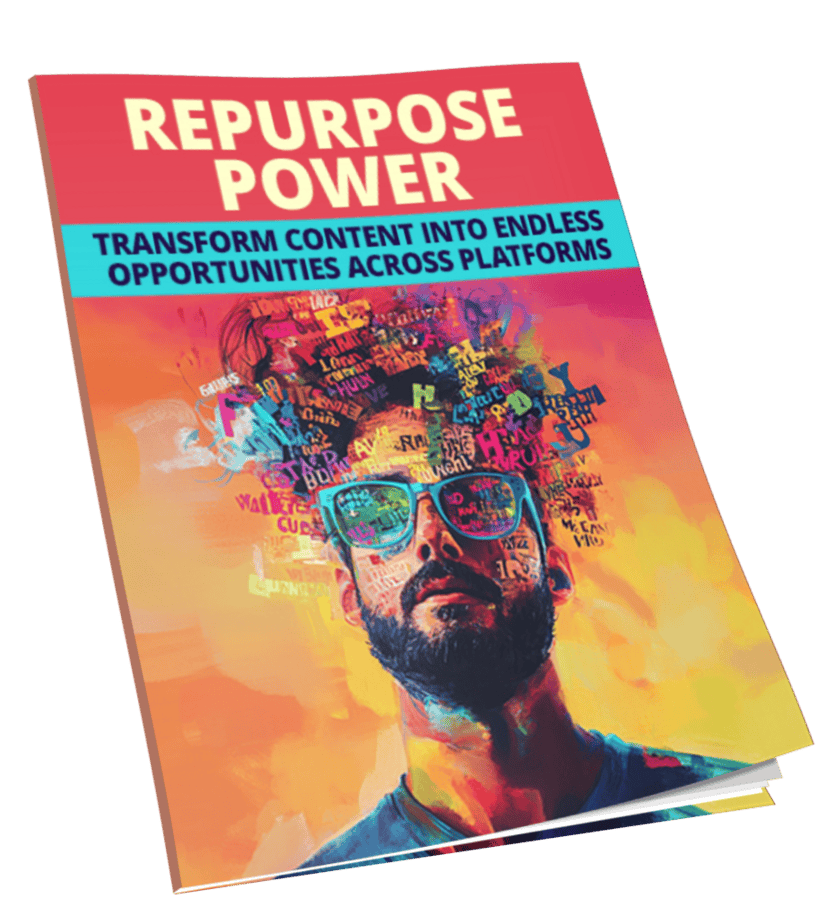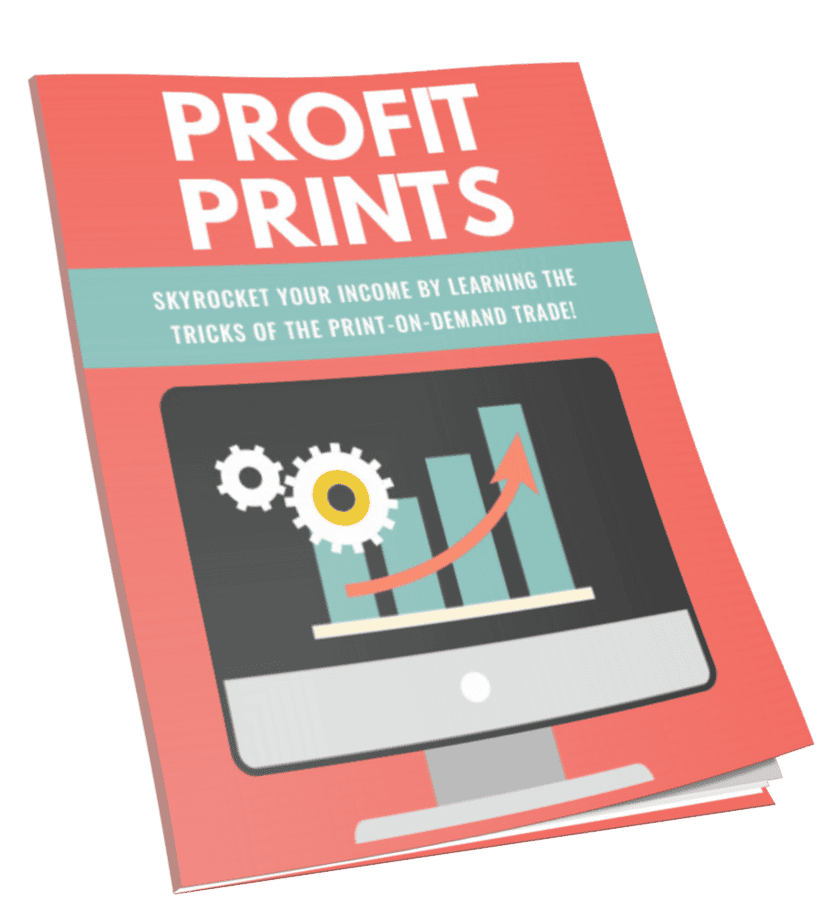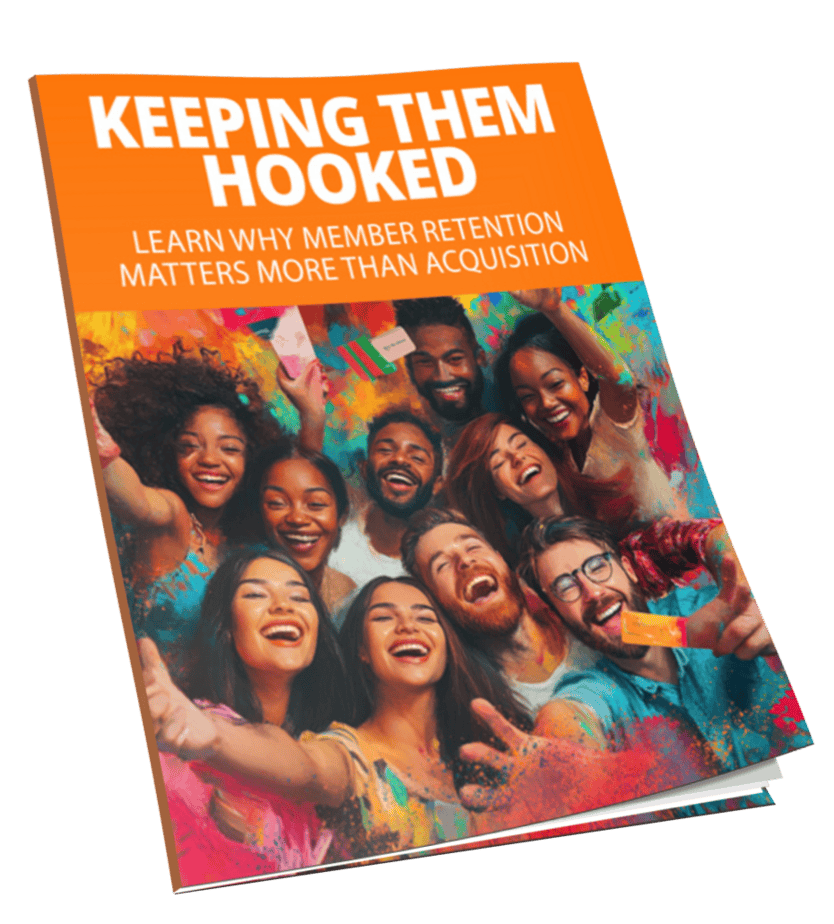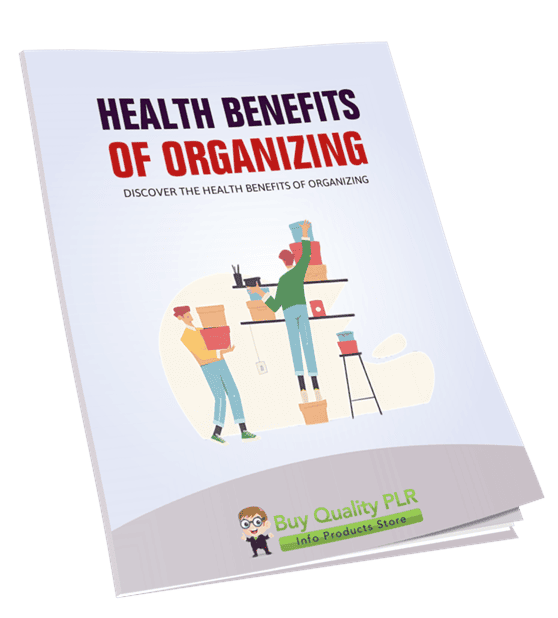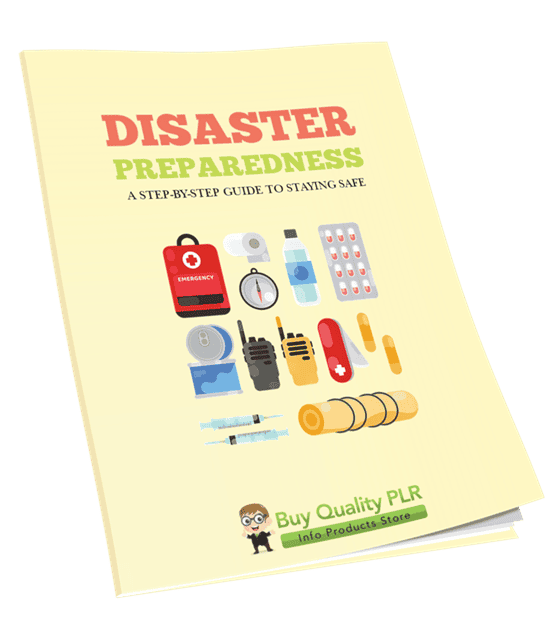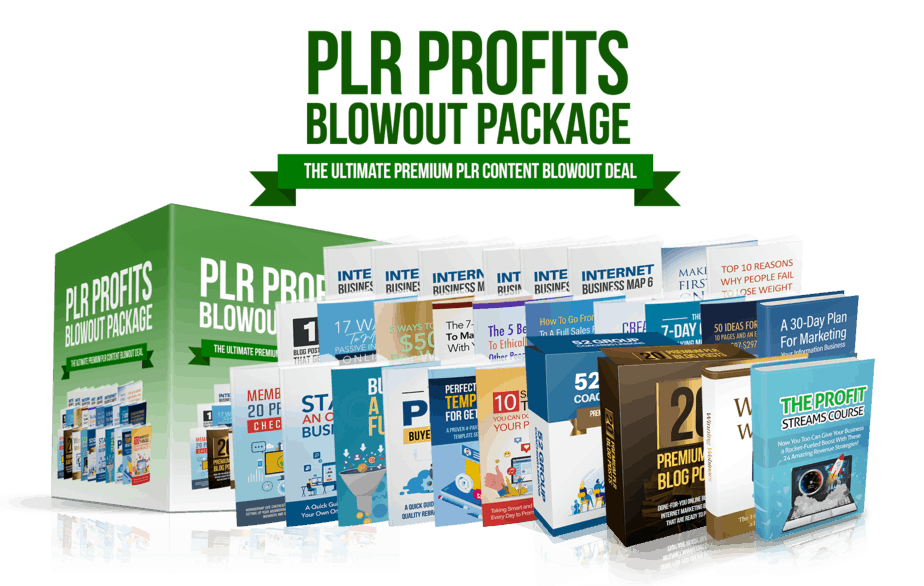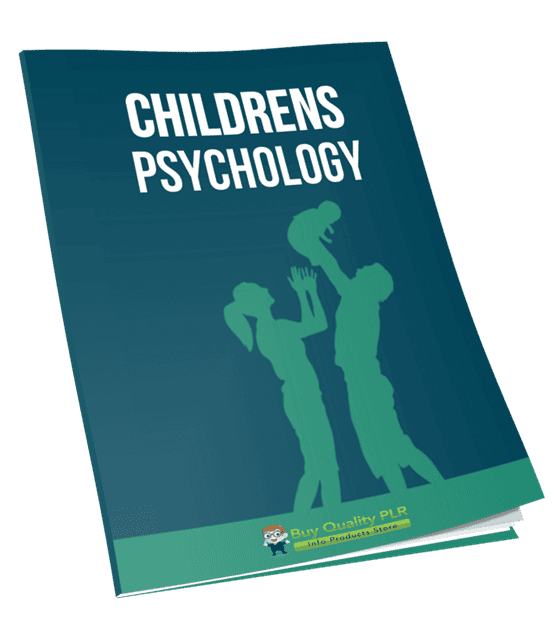
Childrens Psychology PLR Course 25k Words
in Education PLR , Kids PLR , Kids PLR Ebooks , Parenting PLR , Parenting PLR Ebooks , PLR Checklists , PLR eBooks , PLR eCourses , PLR List Building Reports , PLR List Building Reports , Premium PLR , Premium PLR eBooks , Premium PLR Reports , Premium White Label Brandable PLR Coaching Courses , Private Label Rights ProductsChoose Your Desired Option(s)
has been added to your cart!
have been added to your cart!
#childrenpsychology #plrcourse #childdevelopment #emotionalgrowth #behaviormanagement #kidseducation #mentalhealthawareness #parentingtips #psychologyforkids
Unlock the Secrets to Understanding and Supporting Young Minds!
Do you want to better understand children’s behavior, emotions, and social skills? Are you looking for a comprehensive guide to help parents, teachers, and caregivers nurture the growth and well-being of children? Look no further! The Children’s Psychology PLR Course is your ultimate resource for understanding and supporting the emotional, social, and behavioral development of children.
This course provides a step-by-step approach to navigating the complexities of children’s psychology, equipping you with the tools and strategies to help children thrive in all areas of their lives.
Presenting…
Childrens Psychology PLR Course 25k Words
What’s Included in the Course?
Module 1: Understanding the Basics of Children’s Psychology
- Introduction to Children’s Psychology
Gain a foundational understanding of how children think, feel, and act. - Key Developmental Stages
Explore the major milestones in childhood growth from infancy to adolescence. - Nature vs. Nurture
Uncover how genetics and environment shape a child’s development. - Building a Foundation of Trust
Learn techniques to foster secure attachments and a sense of safety in children.
Module 2: Emotional Development in Children
- Recognizing Emotions in Children
Identify and understand the emotions children experience at different stages of life. - Managing Big Emotions
Teach children techniques to handle intense feelings like anger or sadness. - Encouraging Emotional Intelligence
Help children recognize and empathize with others’ emotions. - Creating a Safe Emotional Space
Build an environment where children feel comfortable expressing themselves.
Module 3: Behavioral Patterns and Challenges
- Common Behavioral Patterns
Understand typical behaviors in children and the reasons behind them. - Positive Discipline Techniques
Learn non-punitive methods to guide children’s behavior effectively. - Understanding Triggers
Identify situations or conditions that lead to challenging behaviors. - Problem-Solving with Children
Teach collaborative strategies to help children resolve conflicts.
Module 4: Social Skills and Peer Relationships
- Developing Social Awareness
Equip children to interpret social cues like tone and facial expressions. - Building Friendships
Teach children how to create and maintain healthy relationships with peers. - Managing Bullying and Peer Pressure
Provide strategies to help children handle challenging social situations. - Encouraging Teamwork and Inclusion
Foster collaboration and a sense of belonging through group activities.
Module 5: Supporting Mental Health and Well-Being
- Identifying Signs of Mental Health Concerns
Recognize early indicators of anxiety, stress, or other mental health challenges. - Encouraging Healthy Habits
Promote routines, exercise, and balanced nutrition to support mental well-being. - Building Resilience
Help children develop adaptability and problem-solving skills. - Creating a Support Network
Engage family, teachers, and peers in nurturing children’s mental health.
Why Choose This Course?
- Comprehensive Content:
Over 23,000 words of detailed, actionable strategies and insights to support children’s development. - Customizable PLR Material:
Edit and rebrand the course to suit your needs or sell it as-is for instant profit. - Ideal for Various Audiences:
Perfect for parents, educators, counselors, and caregivers seeking practical advice and techniques. - User-Friendly Structure:
Each module is designed with easy-to-follow steps and real-life examples.
What’s Included in the Package?
- Children’s Psychology PLR Course (23,290 Words)
A complete guide packed with valuable insights and strategies. - Checklist:
A concise, actionable checklist to keep users on track. - FAQs Document:
Answer common questions to enhance understanding and engagement. - Professionally Written Sales Page:
Start selling your course immediately with this ready-to-use sales copy.
How to Use and Profit from This Course
- Sell It as a Standalone Course:
Offer it as a premium product for $47-$97 to parents, teachers, and caregivers. - Bundle It with Other Products:
Combine it with parenting or education courses to increase value. - Create Membership Content:
Use it as exclusive content for a subscription-based site. - Repurpose It into Smaller Products:
Break it into eBooks, reports, or blog posts for ongoing content creation. - Use It for Lead Generation:
Offer excerpts as free downloads to grow your email list.
Who Can Benefit from This Course?
- Parents:
Gain practical advice to better understand and support your children. - Teachers and Educators:
Learn techniques to nurture emotional and social skills in the classroom. - Counselors and Therapists:
Access tools and insights to guide children through challenges. - Caregivers:
Discover strategies to build trust and foster a positive environment for kids.
Special Launch Price: Only $14.99
Take advantage of this limited-time offer to access a high-value course and start your journey toward understanding and supporting young minds.
has been added to your cart!
have been added to your cart!
Here A Sample of Childrens Psychology PLR Course
This course is designed to help participants gain practical knowledge and skills for understanding and nurturing children’s emotional, social, and behavioral growth.
Module 1: Understanding the Basics of Children’s Psychology
Step 1: Introduction to Children’s Psychology
Objective: Learn how children’s psychology influences their thoughts, feelings, and actions.
Understanding children’s psychology is essential for course creators who work with parents, educators, or caregivers of children. This step will provide a deep dive into how children’s minds work, how they process information, and how this directly influences their behavior, emotions, and actions.
1. The Foundation of Children’s Psychology
Children’s psychology is the study of how children develop cognitively, emotionally, and socially. From the time of birth, a child’s brain is highly adaptable, undergoing rapid development in response to the environment and experiences. Understanding the psychological processes that occur during this time can help us interpret children’s behavior, guide them effectively, and support their growth.
Key Concept:
- Children’s thoughts, feelings, and actions are interconnected. Their emotional responses often drive their actions, and these behaviors, in turn, can influence how they think and feel about situations.
For example, a toddler who is unable to express their frustration with words might act out through tantrums. This behavior stems from their emotional state (frustration) and their limited ability to understand or articulate their feelings. Recognizing these developmental stages is vital in understanding the “why” behind children’s actions.
2. Cognitive Development and Its Influence on Thoughts
Cognitive development refers to how children think, reason, and understand the world. Jean Piaget, one of the most influential psychologists in this field, proposed that children go through four stages of cognitive development, each characterized by different ways of thinking and problem-solving.
- Infancy (0-2 years): At this stage, babies are learning to process sensory information and develop object permanence (the understanding that objects continue to exist even when out of sight). Their thoughts are mostly focused on their immediate environment and sensory experiences.
- Early Childhood (2-7 years): Children begin to use symbols and language to understand the world. They are egocentric at this stage, meaning they struggle to see things from others’ perspectives. A child may think that everyone else experiences the world in the same way they do.
- Middle Childhood (7-11 years): Cognitive abilities improve, and children become capable of more logical thought. They start to understand concepts like cause and effect, and their thinking becomes more concrete and structured.
- Adolescence (12+ years): Teenagers begin abstract thinking, where they can think about hypothetical situations and reason through complex problems. This allows them to challenge authority and form their own values and beliefs.
Understanding these stages allows course creators to design content and interventions that align with a child’s cognitive abilities, helping adults understand why children think the way they do at different ages.
3. Emotional Development and Its Influence on Feelings
Children’s emotions develop in parallel with their cognitive abilities, and emotions have a profound influence on how they think and behave. Emotional development refers to how children learn to recognize, express, and regulate their feelings.
- Infancy: Babies start to express basic emotions like happiness, sadness, and anger. They rely on their caregivers to help them regulate these emotions through comfort and responsiveness.
- Toddlerhood: At this stage, children begin to experience more complex emotions like jealousy and pride, but they often lack the language to express them. Emotional outbursts or tantrums are common as toddlers struggle to understand and manage their feelings.
- Preschool Age: Children become more aware of their emotions and start to regulate them, often with the guidance of caregivers. They may begin to show empathy for others, even if they don’t fully understand the emotions of others.
- School Age and Beyond: As children grow older, they begin to understand a wider range of emotions, including shame, guilt, and embarrassment. They also begin to develop coping mechanisms for managing emotions in different situations, such as through conversations with trusted adults or engaging in calming activities.
For course creators, understanding how emotions shape children’s behaviors can help develop training programs that support emotional intelligence and coping strategies. For instance, a course could teach adults how to help children label their emotions, which helps children understand and express their feelings in a healthier way.
4. Behavioral Development and Its Influence on Actions
Behavior is the outward expression of a child’s thoughts and emotions. Children’s actions are shaped by their cognitive abilities, emotional development, and the environment in which they grow. How children behave can offer crucial insights into their psychological state and developmental stage.
- Early Years (0-5 years): In this phase, children often use behaviors like crying, throwing tantrums, or seeking comfort to express their needs. As their language skills develop, they begin to use words and gestures to communicate their needs, but they may still act out of frustration when they feel misunderstood or unable to articulate their desires.
- School-Age (6-12 years): Children start to understand social norms and expectations, so their behavior becomes more influenced by the need for approval from adults and peers. They are also more capable of using strategies like negotiation and problem-solving to influence outcomes.
- Adolescence (12+ years): Teenagers often start to experiment with more complex behaviors as they assert their independence. They may test boundaries or engage in risk-taking behaviors as part of their quest for identity.
Understanding these developmental behaviors helps course creators address the underlying psychological factors that drive actions. By recognizing these patterns, adults can better support children in managing their behavior through positive reinforcement, consistent boundaries, and emotional support.
5. Integrating Thoughts, Feelings, and Actions: A Holistic Approach
A child’s psychological development is a dynamic and interconnected process. Thoughts, feelings, and actions are constantly influencing each other, forming a feedback loop that shapes a child’s experience of the world.
- For example, a child who is feeling anxious (emotion) about an upcoming event may start to overthink (cognition) and behave in a withdrawn or avoidant way (action). On the other hand, a child who feels confident and supported may take risks (action), leading to positive reinforcement of their emotional state and cognitive development.
Recognizing the interconnectedness of thoughts, feelings, and actions enables adults to approach child development from a holistic perspective. When course creators design programs that address the full spectrum of a child’s psychology, they can help children develop healthy, adaptive behaviors.
Conclusion
Understanding how children’s psychology influences their thoughts, feelings, and actions provides the foundation for supporting their development. By recognizing the connection between a child’s emotional state, cognitive abilities, and behaviors, course creators can design training programs that foster empathy, understanding, and effective communication with children. This holistic view allows caregivers, parents, and educators to better meet children’s needs at every stage of their growth, ultimately helping them thrive emotionally, socially, and cognitively.
Step 2: Key Developmental Stages
Objective: Understand the major milestones in a child’s growth, from infancy to adolescence.
In this step, we will explore the key developmental stages that children go through, from infancy to adolescence. These stages represent significant milestones in a child’s physical, cognitive, emotional, and social growth. Understanding these stages is essential for course creators who aim to design programs, interventions, or guidance for parents, teachers, and caregivers that align with a child’s developmental needs.
1. Infancy (0-2 years)
The first two years of life are foundational for a child’s growth. During this period, children undergo rapid physical and cognitive development, which sets the groundwork for all future learning and behavior. Infancy is a stage of extreme dependence on caregivers, as babies begin to explore the world around them and form essential early attachments.
Key Milestones:
- Physical Development: Babies grow rapidly during this stage, doubling their birth weight by the age of 5 months. They develop motor skills like lifting their heads, rolling over, sitting up, and crawling.
- Cognitive Development: Cognitive milestones in infancy include the development of basic sensory skills, including hearing, vision, and touch. Infants begin to recognize familiar faces and sounds and are able to track objects with their eyes. They also begin to understand object permanence, the concept that objects exist even when out of sight (Jean Piaget’s Sensorimotor Stage).
- Emotional Development: Emotional responses are typically driven by physical needs, such as hunger or discomfort. By 6 months, infants can differentiate between different emotional expressions, such as happy or sad faces. Babies also start to form bonds with their primary caregivers, developing a sense of trust and attachment.
- Social Development: Infants rely heavily on caregivers for all forms of social interaction. They learn to communicate through crying, smiling, and cooing, and by the end of this stage, they may begin to engage in basic social interactions, like waving or showing preference for familiar people.
Implications for Course Creators:
For course creators focusing on early childhood education or parenting programs, understanding these early milestones is crucial for developing content that helps caregivers support their babies’ emotional and cognitive needs. Programmes can include ways to stimulate sensory development, bonding activities, and tips on fostering trust.
2. Early Childhood (2-6 years)
Early childhood is a period of exploration and rapid development. This stage is crucial for laying the foundation for future learning, self-regulation, and social interactions. The cognitive, emotional, and social skills developed during this time are essential for later academic success and emotional well-being.
Key Milestones:
- Physical Development: Motor skills continue to improve, with children refining both large and small motor skills. They begin running, jumping, and climbing with increasing coordination. Fine motor skills like drawing, stacking, and manipulating small objects also develop.
- Cognitive Development: Early childhood marks the beginning of symbolic thought, where children can use words and images to represent objects. They also develop the ability to engage in pretend play, which is crucial for cognitive growth. However, their thinking is still egocentric (they have difficulty seeing things from another person’s perspective), as seen in Piaget’s Preoperational Stage.
- Emotional Development: Emotional development in early childhood involves becoming more aware of their feelings and those of others. Children begin to experience a broader range of emotions, such as fear, pride, and empathy. Emotional regulation is still in its early stages, and children often struggle with frustration and tantrums when they are upset.
- Social Development: Social interactions expand beyond immediate family to include peers. Play becomes more complex, and children learn about sharing, taking turns, and other social rules. They begin to form friendships and can demonstrate prosocial behaviors, like helping others.
Implications for Course Creators:
During this stage, it is important for course creators to focus on supporting the development of emotional regulation, social skills, and cognitive development. Training could include strategies for parents and educators to encourage independence, creative thinking, and conflict resolution through play.
3. Middle Childhood (6-12 years)
Middle childhood is a time of steady growth in all areas—physical, cognitive, emotional, and social. Children at this stage become more independent and begin to learn complex skills like reading, math, and teamwork. This period is also characterized by an increased ability to understand others’ perspectives and emotions, and they begin to develop a sense of self-esteem and identity.
Key Milestones:
- Physical Development: Children continue to refine motor skills, with more complex coordination and balance. Their physical growth begins to slow compared to earlier years, but they still become stronger and more capable of engaging in physical activities like sports and games.
- Cognitive Development: Children become more logical in their thinking, transitioning from the egocentric thought patterns of early childhood to concrete operational thinking, as described by Piaget. They can perform operations like sorting objects by size or color and can understand cause and effect. This is also the stage where academic learning becomes more formal, with a focus on literacy, numeracy, and problem-solving skills.
- Emotional Development: Children at this age start to develop a stronger sense of self-worth, shaped by their successes and failures at school and in social settings. They also become more capable of regulating their emotions, though they may still experience periods of self-doubt and insecurity.
- Social Development: Peer relationships take on increasing importance during this stage. Friendships become deeper and more reciprocal, and children begin to form group dynamics. They also start to understand social rules and expectations in different contexts, such as school, family, and community.
Implications for Course Creators:
For course creators, middle childhood is a great opportunity to introduce more structured learning and focus on emotional resilience, teamwork, and academic support. Programs aimed at parents and educators can include strategies for fostering self-confidence, helping children navigate social dynamics, and promoting academic success.
4. Adolescence (12-18 years)
Adolescence is a time of significant change and development, as children transition from childhood to adulthood. This stage is characterized by rapid physical growth, the emergence of more complex cognitive abilities, and the search for personal identity. Adolescents may experience intense emotional fluctuations and begin to challenge authority as they seek independence.
Key Milestones:
- Physical Development: Adolescents experience puberty, which brings about dramatic physical changes such as increased height, changes in body shape, and the development of secondary sexual characteristics. These changes are often accompanied by an increased need for sleep and a focus on body image.
- Cognitive Development: Adolescents begin to think more abstractly, moving beyond concrete reasoning to consider hypothetical situations and long-term consequences. This is the stage where critical thinking, problem-solving, and future planning begin to emerge, allowing teens to make more informed decisions.
- Emotional Development: Adolescents experience heightened emotional sensitivity and may struggle with identity formation. They begin to explore different aspects of themselves, including sexual identity, career goals, and personal values. Emotional instability, mood swings, and a need for privacy are common during this stage.
- Social Development: Peer relationships are central to adolescent development, with friendships becoming more intimate and complex. Adolescents also become more interested in romantic relationships and may begin to question authority figures, as they seek independence. Family dynamics can be strained as teens attempt to assert their autonomy.
Implications for Course Creators:
For course creators working with adolescents, it’s important to design content that addresses issues like identity development, emotional regulation, and peer pressure. Programs can also focus on providing guidance for navigating the challenges of adolescence, building healthy self-esteem, and preparing for adult responsibilities.
Conclusion
The developmental stages from infancy to adolescence are fundamental in shaping a child’s physical, cognitive, emotional, and social growth. Understanding these milestones enables course creators to design age-appropriate programs that address the unique needs of children at every stage of development. By recognizing and respecting the developmental process, caregivers and educators can better support children in their journey toward becoming well-rounded, capable, and confident individuals. This understanding also ensures that course content is relevant, effective, and supportive of the growth that children undergo at each stage of life.
We’re also giving these extra bonuses
Childrens Psychology – Checklist
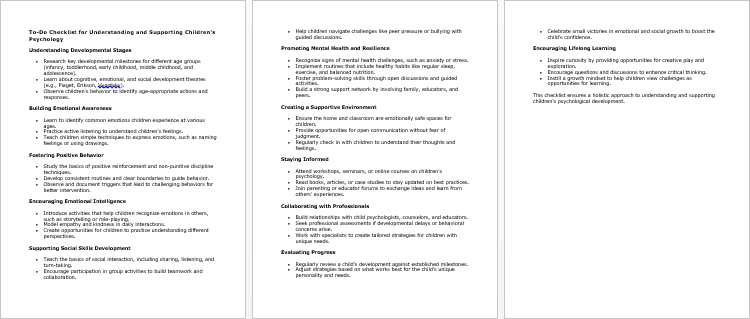
Childrens Psychology – FAQs

Childrens Psychology – Salespage Content

Package Details:
Word Count: 23 290 Words
Number of Pages: 102
Childrens Psychology – Bonus Content
Checklist
Word Count: 423 words
FAQs
Word Count: 844 words
Salespage Content
Word Count: 641 words
Total Word Count: 25 198 Words
Your PLR License Terms
PERMISSIONS: What Can You Do With These Materials?
Sell the content basically as it is (with some minor tweaks to make it “yours”).
If you are going to claim copyright to anything created with this content, then you must substantially change at 75% of the content to distinguish yourself from other licensees.
Break up the content into small portions to sell as individual reports for $10-$20 each.
Bundle the content with other existing content to create larger products for $47-$97 each.
Setup your own membership site with the content and generate monthly residual payments!
Take the content and convert it into a multiple-week “eclass” that you charge $297-$497 to access!
Use the content to create a “physical” product that you sell for premium prices!
Convert it to audios, videos, membership site content and more.
Excerpt and / or edit portions of the content to give away for free as blog posts, reports, etc. to use as lead magnets, incentives and more!
Create your own original product from it, set it up at a site and “flip” the site for megabucks!
RESTRICTIONS: What Can’t You Do With These Materials?
To protect the value of these products, you may not pass on the rights to your customers. This means that your customers may not have PLR rights or reprint / resell rights passed on to them.
You may not pass on any kind of licensing (PLR, reprint / resell, etc.) to ANY offer created from ANY PORTION OF this content that would allow additional people to sell or give away any portion of the content contained in this package.
You may not offer 100% commission to affiliates selling your version / copy of this product. The maximum affiliate commission you may pay out for offers created that include parts of this content is 75%.
You are not permitted to give the complete materials away in their current state for free – they must be sold. They must be excerpted and / or edited to be given away, unless otherwise noted. Example: You ARE permitted to excerpt portions of content for blog posts, lead magnets, etc.
You may not add this content to any part of an existing customer order that would not require them to make an additional purchase. (IE You cannot add it to a package, membership site, etc. that customers have ALREADY paid for.)
Share Now!

